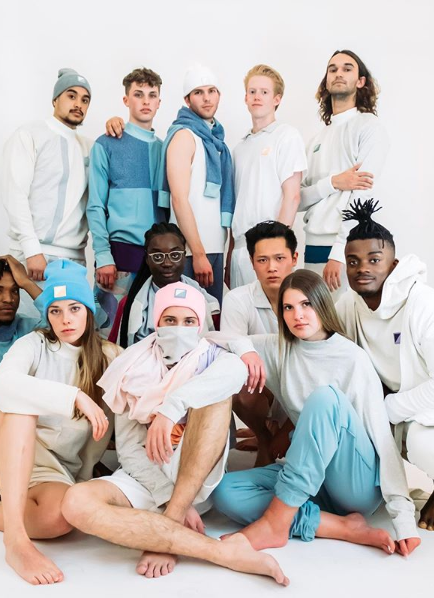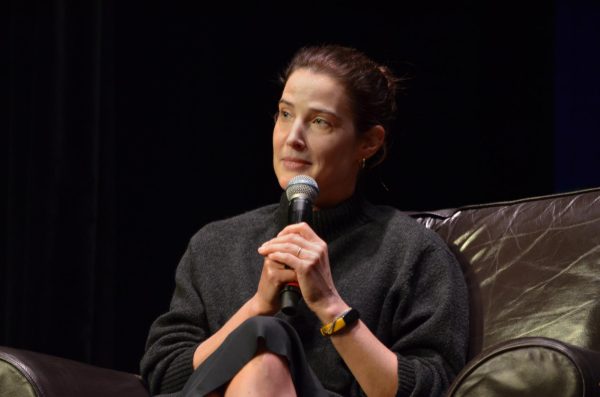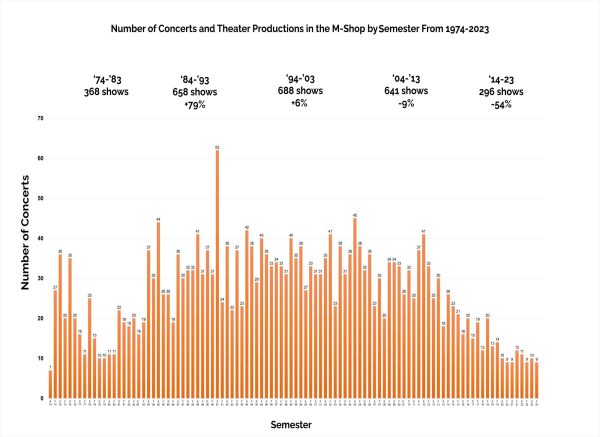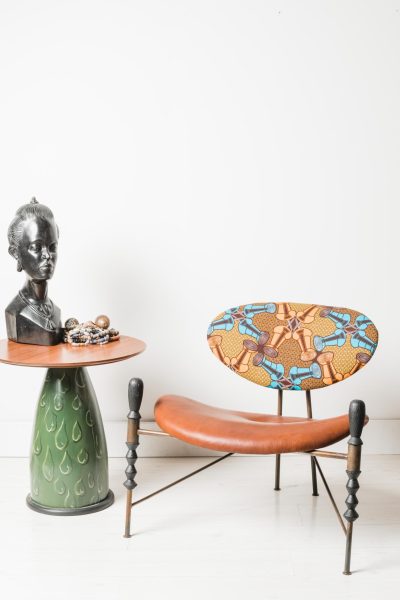Gender-neutral fashion trends generate discussion

Former Iowa State student Blaze Best created a line for The Fashion Show in 2019 titled “blond” and was “meant to explore the future of gender-neutral style.” Blaze currently works under another Iowa State alumnus, Todd Snyder, as a designer in New York City. Senior Rylie Smith also worked on this project.
December 2, 2019
Every year, trends come and go, and 2019 was no different. From the comeback of ’80s and ’90s style to the popularity of animal prints and barrettes, there is no question this year brought new twists to the world of fashion.
One trend that popped up has brought a little more controversy and questions among generations. That trend is gender-neutral fashion.
It seems that in the world of fashion, brands are beginning to try and reinvent themselves as well as become more inclusive for all types of people.
For a long time, fashion was quite cut and dry. There was one standard of beauty or way to dress that was popularized and seemed to be accepted by society. Today, more people are open to the idea of individuals using clothing to differentiate themselves from others.
This can be seen first and foremost in many of the gender-neutral clothing companies popping up everywhere — from indie brands like Nicopanda, Telfar and TooGood to well-known companies such as Gucci, Zara, Burberry and Calvin Klein — coming out with their own ungendered collections.
Rita Mookerjee, a lecturer in the department of women’s and gender studies, offered insight to the more complicated ideals of gender neutral being “trendy.”
“I think historically what I’ve seen people call gender-neutral fashion is usually just something very simple,” Mookerjee said. “Often, it’s just a femme person wearing something gender neutral. I think with designers and stores, they need to get a little more creative with the possibilities. So many of the non-binary and gender non-conforming individuals I know, they have so many more diverse ideas and expressions.”
A frustration many have with the idea of a gender-neutral trend is that oftentimes, the individuals that are shown in this fashion are still within the standards of “traditional beauty” by society.
“I think we have to remind ourselves that clothing intrinsically has no gender,” Mookerjee said. “I think we also have to think about culture, time and place as well as accepting all different kinds of people.”
With the growth of fashion and times changing, individuals are more willing to experiment with their looks and try more out-of-the-box styles. However, it can still seem daunting to dress out of society’s norms, even if it’s just a little bit. For those wanting to experiment with adding more traditionally masculine or feminine pieces to their wardrobe, there are a few simple ways to do so.
“I think one of the best ways is to learn how to blend true statements and mixing more formal and informal pieces,” Mookerjee said. “I also think [Do It Yourself] can help a lot; taking a piece of clothing and really making it your own can really help you decide what kind of statement you are going to make by just having a simple tool like scissors.”
Switching up your style can be a scary idea for some; however, it is important to remember that clothing is simply another way of allowing others to see a more true expression of yourself. Often, what people have to say can sometimes say more about them than you.
“I think really where a lot of judgement comes from is simply insecurity,” Mookerjee said. “People can’t believe that others would feel so open and comfortable to dress how they want.”
Throwing together a more gender-neutral outfit for some could simply mean playing with outerwear or using different colors, textures or patterns. To take a more intense approach, one could rock a suit or heels.
Trends can give individuals power over their own style, but it’s important to remember trends can have roots in issues some may not understand.
“I think the idea of trendiness can sometimes throw out the idea that a person struggling with gender issues is a person,” Mookerjee said.
With more and more brands coming out everyday, individuals have more choice than ever before to express themselves. However, perhaps it is good to stop focusing so much on the idea of trends and instead simply focus on what makes you feel confident, strong and powerful. By giving less power to trends, we give more power to the individual, which is what fashion is all about.
















